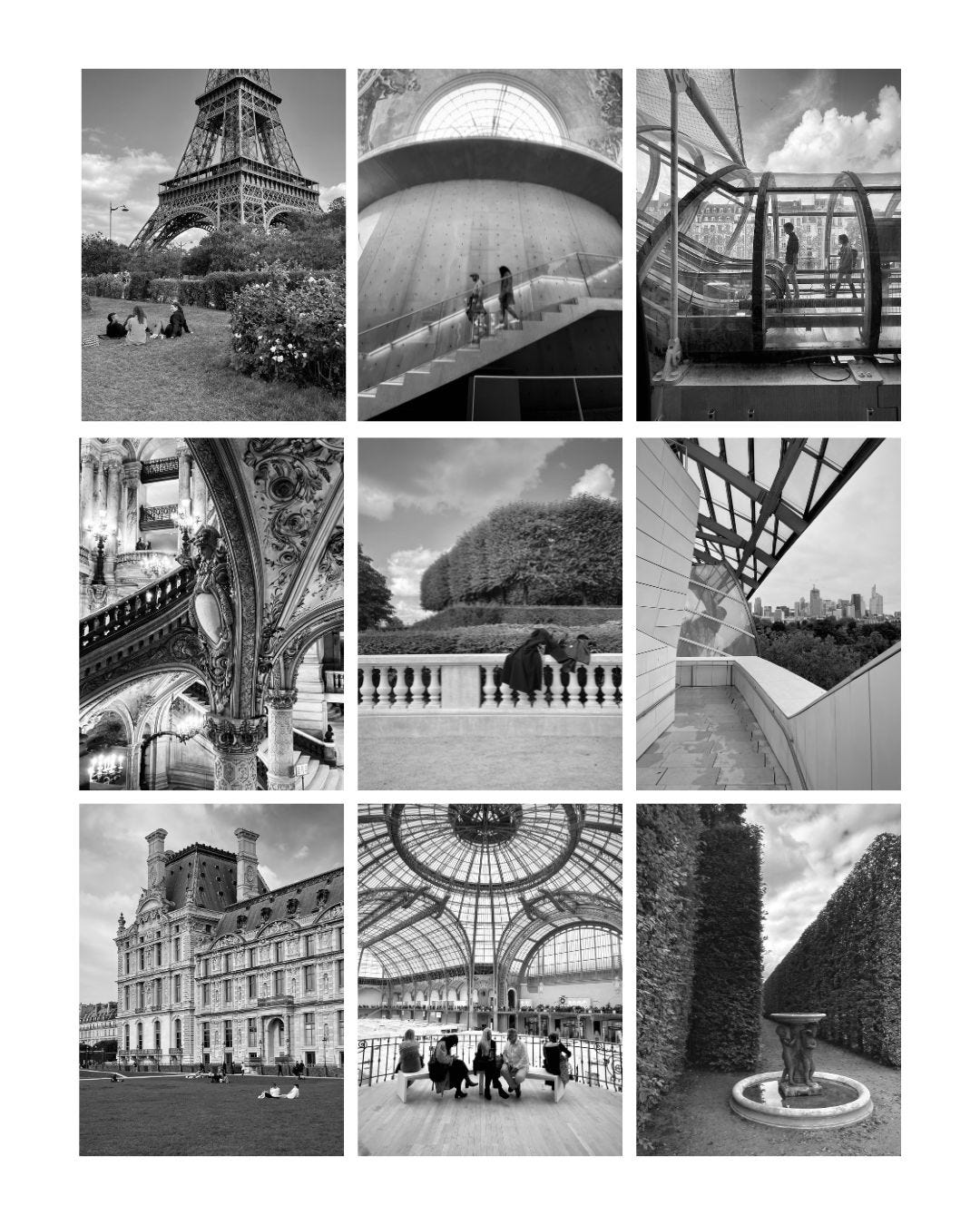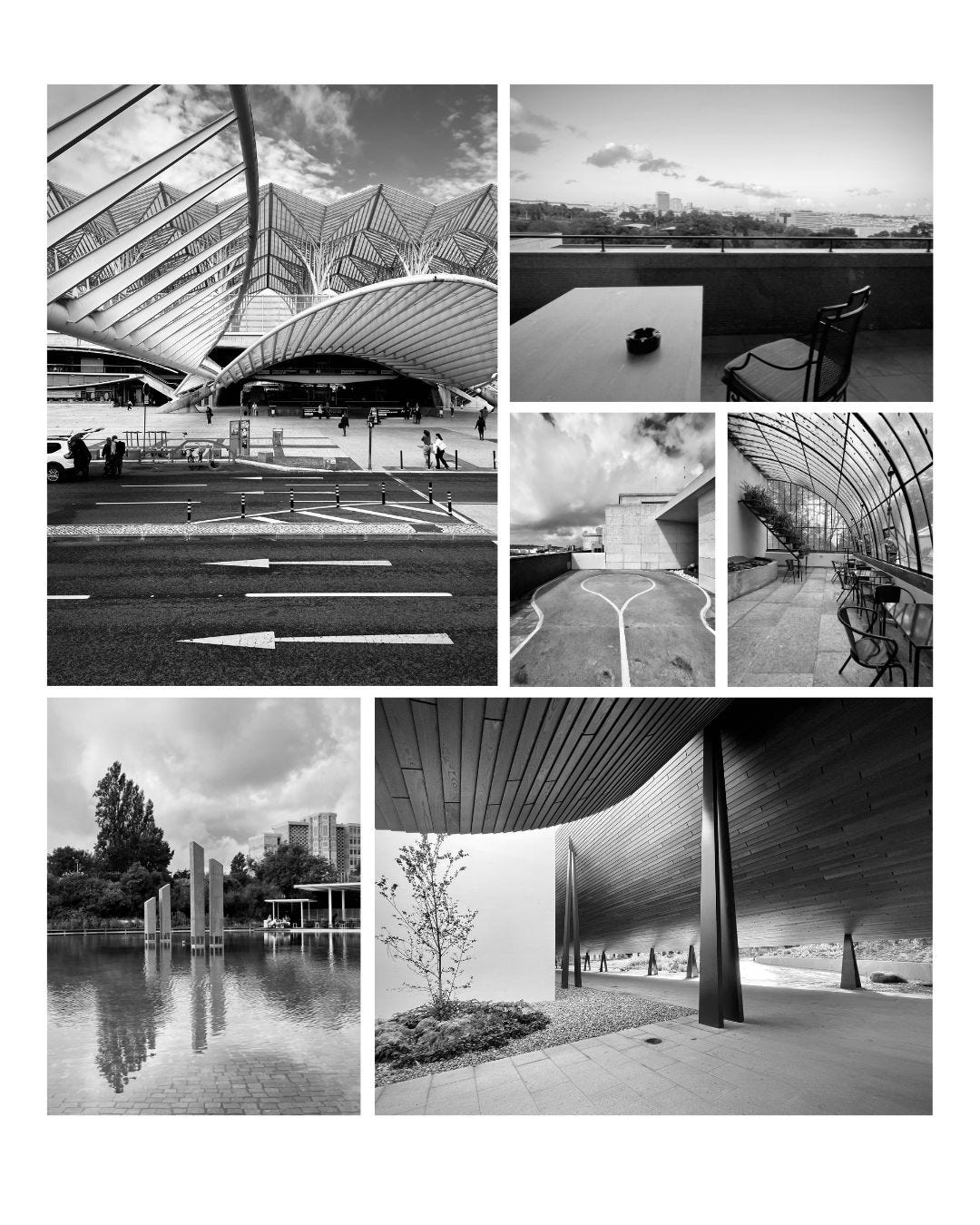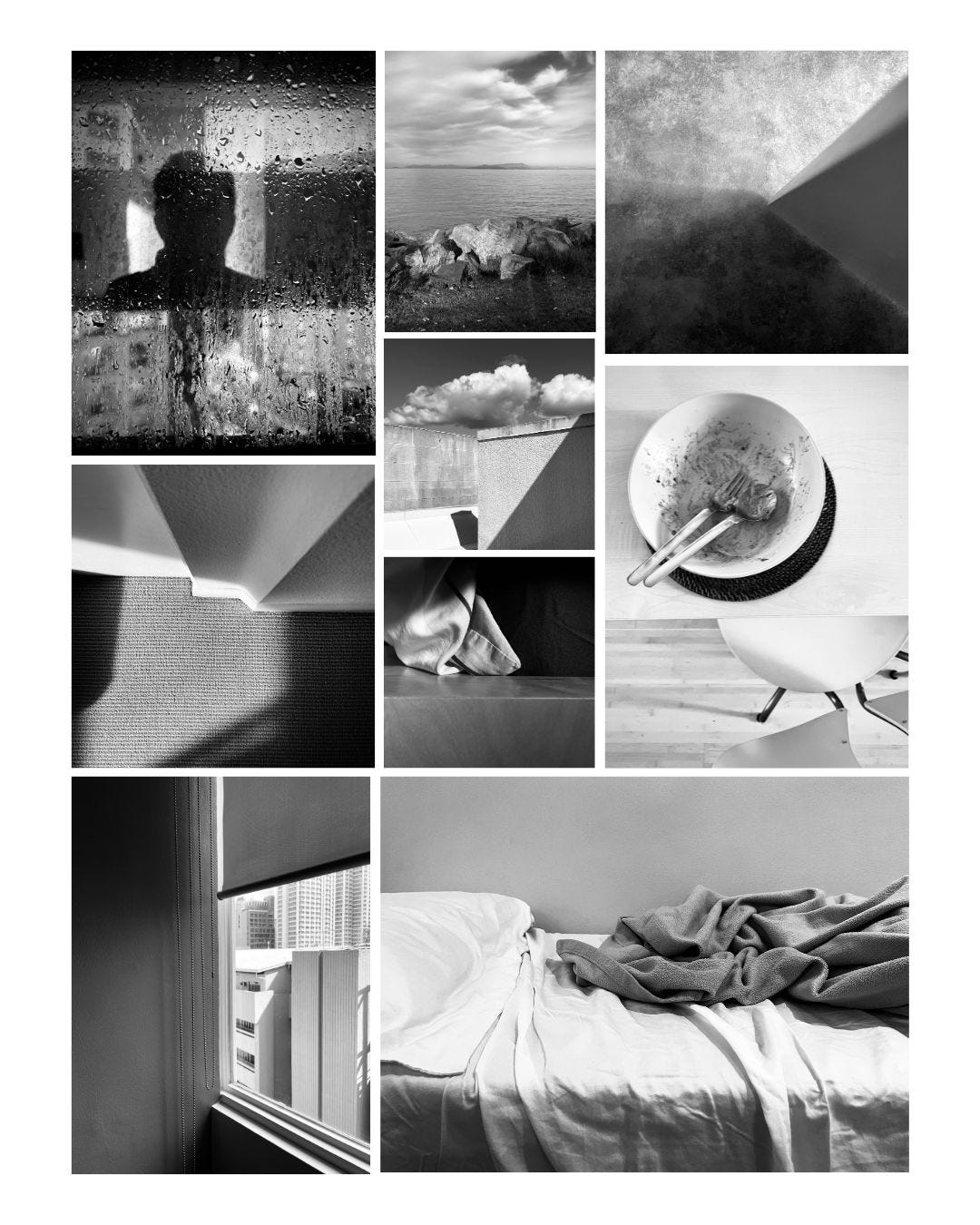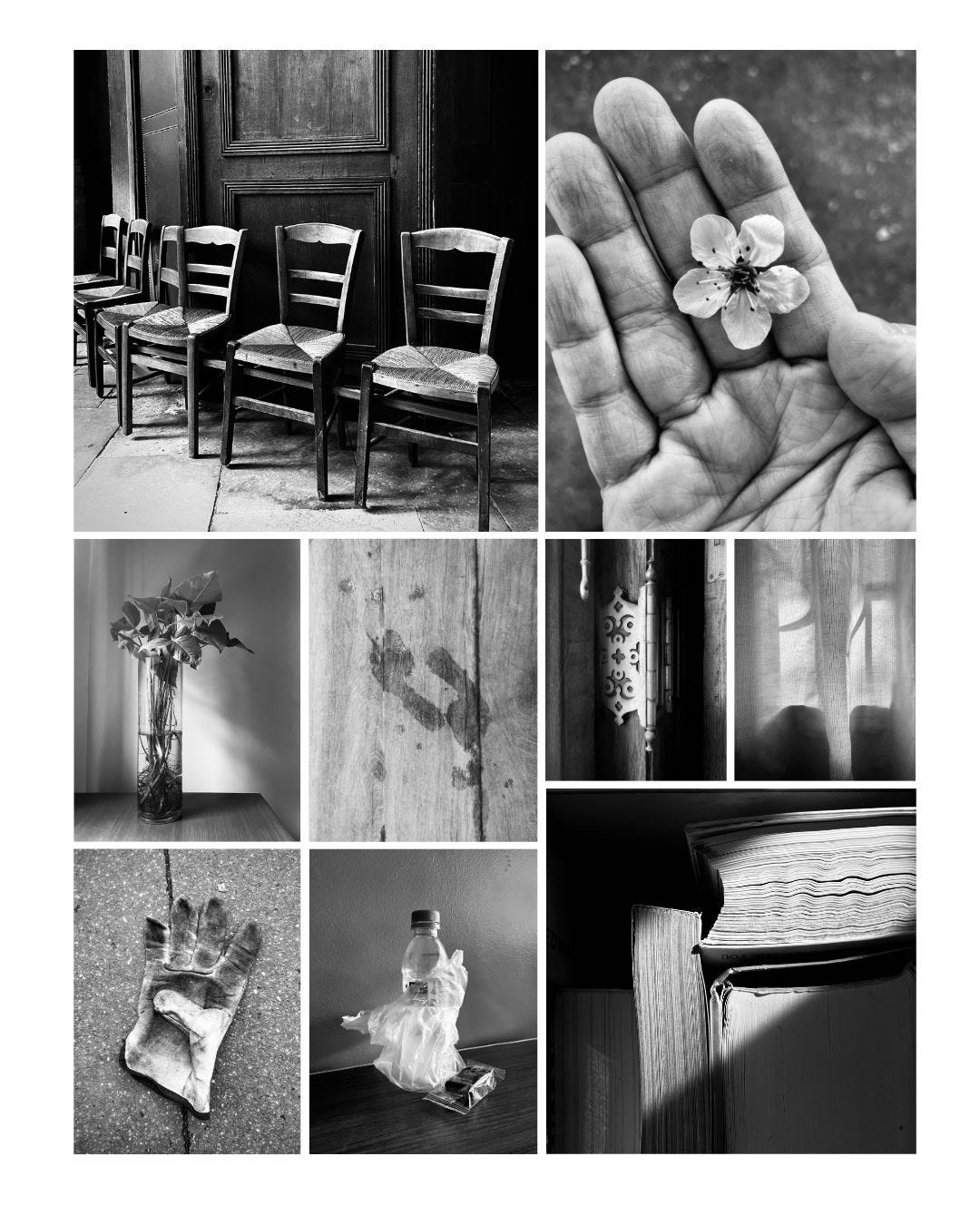The grid layout always fascinates me when I flip through magazines, especially those focused on documentary or travel essays. These are the pages that make me pause because I know the photo editor has carefully chosen and thoughtfully arranged each photograph to tell a visually compelling story. There’s a rhythm and pace to the page, much like a musical composition. I confess—I geek out and study how these images relate to one another.
My last job at Material Bank deepened my understanding of this grid concept. Each week, we—the photo editors and curators—pitched themes. Once approved, we scoured the database housing millions of photographs, selecting 30 to 40 images, and eventually distilling them into roughly 20 that formed a cohesive visual narrative. We applied the same process to feature stories assigned to us.
When our team was laid off, I missed that kind of work, so I began applying the grid to my photographs as part of my regular practice.
Initially, I stuck with themes much like what I did at my job. The grid above highlights some of the destinations we visited from our Paris trip last year Or, the long weekend trip we made to Lisbon below.
Studying these grids taught me to approach photography differently, particularly by paying closer attention to the edges of my frame. When I compose my pictures intentionally, editing and curating become easier. I begin to notice leading lines, recurring themes, shapes, textures, tones, and contrasts—not just between adjacent images but also between those above and below. What I discovered is this: the secret to a powerful grid lies in using these elements to create fluid transitions. It’s not always obvious. It takes practice to discern them. I’m still learning to this day, and for me, it’s worth the effort.
Before settling on a sequence, I usually step back and let it marinate for a few days. When I return, I can often spot the image that doesn’t quite fit. I experiment with a few options, and through careful evaluation and an intuitive check, I settle on a final grid. But the truth is, nothing is ever final—I might look at these grids months or years later and still find myself making tweaks.
What if the images are disparate from one another? What if they don’t make sense? Even when photographing in a looser context or mixing tightly composed images with emotionally resonant ones, this concept still holds up.
That’s what I’ve been discovering recently in my latest grid practice. I’ve been experimenting with mixed formats—vertical, square, and horizontal—along with various subject matters, such as landscapes, still lifes, interiors, and self-portraits.
When these photographs, taken out of their original context, are rearranged, they take on a different meaning. An inner visual landscape emerges—an ongoing conversation where quiet pictures sit alongside visual tension created by strongly angled subjects that speak only of light and shadow.
I try and honor my original compositions as much as possible but occasionally, I zoom in and scale an image to fit the overall feel of the grid. Below, the only picture I cropped in was the water marks on the wooden surface, to balance its size to the still lifes around it.
Much like in my collages, I’m applying the same mindset of allowing the unexpected to emerge while working on the grid. I’m finding a richer experience because of it—the quiet revelations continue to fascinate me as I learn and grow, whether I’m photographing, editing, or curating.
This last grid is an emotional vignette from the time of my sister’s hospitalization. I was photographing sporadically, and it’s only now that I’ve had the space to sit down and look at them deeply. In a way, this process is also helping me cope with grief.
I invite you, dear readers, to give the grid practice a try. It’s a slow process but definitely worth the effort, as it will improve the way you see. Most importantly, it will heighten your awareness of what you leave in—and out of—the edges of your frame. If you give it a go, please share your discoveries with me. I’d love to see what you create!
See you all next Sunday.
Thank you for inviting me to join you every Sunday in your inbox. I am grateful and appreciative for spending a small part of your day with me. If you have the means to support Sundays with Stella, please consider becoming a paid subscriber. Those who contribute financially will ensure that this place of inspiration, creativity, and meaning remains free and open to all.
ANOTHER WAY TO SUPPORT SUNDAYS WITH STELLA
I've listened to your requests and created a support page on my website. Now you can contribute to 'Sundays with Stella' in any amount using your credit card, PayPal, or Venmo. Your generosity is truly appreciated!









Loved stepping into your grids and your mindset on their creation Stella. I've written before on Substack about what I call, "Photo Resonance". It is an idea as you describe as seeing how the images fit together in ways that just make sense. Such a zen like practice to find new arrangements and connections. I have applied this idea to various visual themes, as well as a way of honoring my dream narratives, or even for setting new intentions. The potential for creative manifestation and inspiration is vast.
These grids are beautiful! Excellent composition, especially. Bravo! Also, it's super timely for me, Stella! I have been wanting to do something to bring my photos together in a more cohesive way. One of the things I love about film photography is the contact sheet because I can see progressions of the story. May I ask what tool you use to compose these grids?